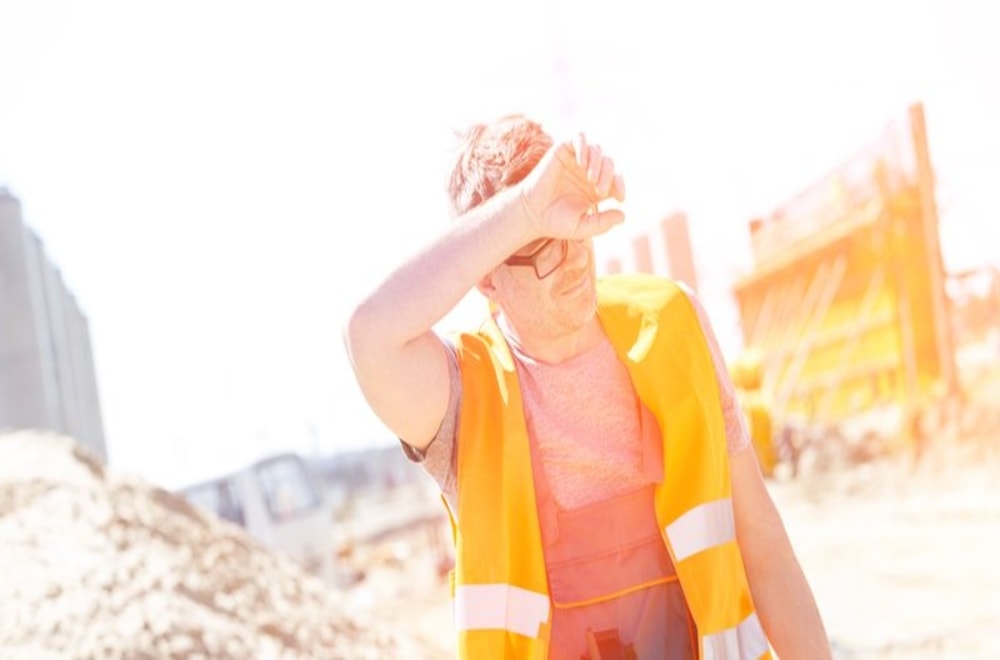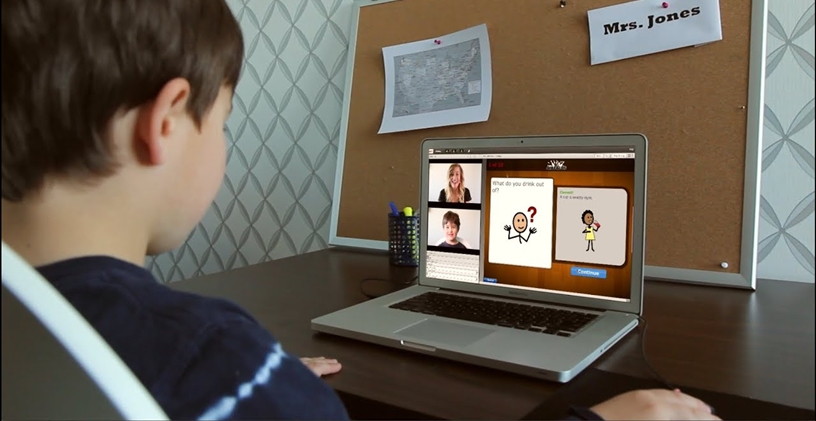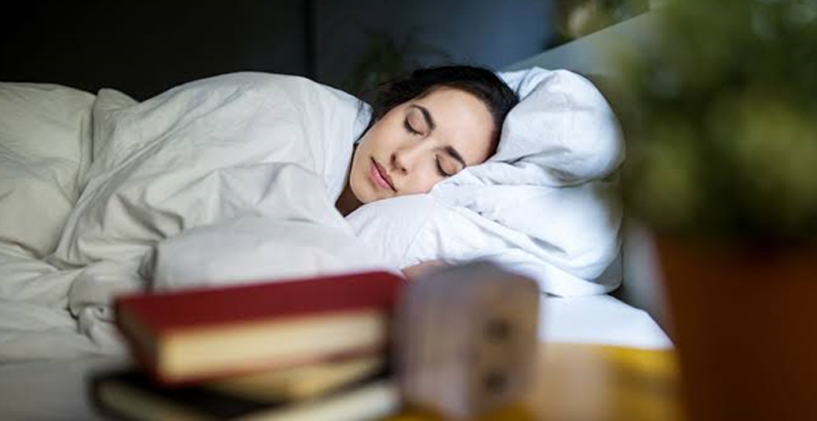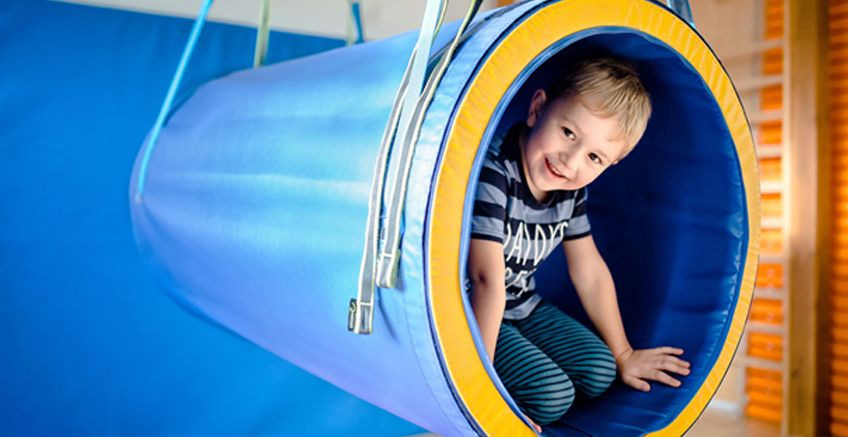How To Prevent Heat-Related Illness

Heat domes occur when the atmosphere traps hot ocean air, causing temperatures to soar. Heat stress can be a byproduct of excessive heat exposure, resulting in heat rashes, fainting, heat exhaustion, and heatstroke. The most vulnerable groups include children, the elderly, and people who cannot afford air conditioning. Experts recommend avoiding sun exposure and exercise during peak temperature hours, which tend to occur from 12 pm to 3 pm.
Heat domes can cause serious health risks. Summer heatwaves can present serious risks to human health in the form of heat-related illnesses. These include heat rashes, fainting, heat exhaustion, and .
As a result of excess heat exposure, the body can experience heat stress. Heat stress is the total environmental risk of experiencing a heat-related illness. When heat-related illnesses are left untreated, it can damage internal organs and even lead to death.
Among those most at risk include children and elderly folks. In general, children are susceptible to exertional heat illnesses due to ongoing play and decreased hydration. The elderly are also more susceptible because as we age, the physiologic mechanisms that allow us to cool off—such as diverting more blood to our skin surface—don’t function as well.
Signs and Symptoms of Heat Stress
A person may have heat stress if they are experiencing any of the following:
- Excessive thirst
- Dry mouth
- Body temperature over 100.4 degrees Fahrenheit
- Flushed skin
- Dizziness
- Nausea
- Muscle cramps
It is important to note that heat-related illnesses exist on a spectrum, where intervening earlier in the progression reduces the risk of organ injury and improves outcomes.
Preventing Heat Stress
People, especially in heat dome areas, can protect themselves from heat-related illnesses. Because they’re losing more fluid, they need to take in more fluid. So a good rule of thumb is looking at your urine.
If their urine is relatively clear, a person is reasonably well-hydrated. For folks with darker urine, it is recommended that you increase fluid intake. Dehydration occurs when the body loses too much water, which is needed to send blood to the organs. The more dehydrated a person becomes, the less frequent you have to urinate. For elderly folks, taking certain medications can impair the ability to sweat. So they’re going to be more at risk for getting overheated.
Flavored sports drinks have been found to increase hydration because they replenish salts that were lost while sweating. In addition, you can avoid exercise and sun exposure during peak temperature hours, which tend to occur from 12 pm to 3 pm, and using fans and wearing light, loose clothing.
You should also avoid exercising in humid environments, too. Your body’s ability to sweat and evaporate heat is the most efficient way to cool. But if you are in a highly humid environment, any sweat that drips off of you doesn’t evaporate, which can make the body feel so much hotter.
According to the Massachusetts Institute of Technology, when relative humidity reaches a high enough level, the body’s natural cooling system will not function. And in extreme conditions, people can begin to experience the aforementioned signs and symptoms of heat stress such as heat cramps and stroke.
Heat Stress Intervention
If you or someone you know develops a heat-related illness, move into a cooler environment, somewhere that’s shaded, another air-conditioned building or a car, get hydrated and seek medical attention immediately. Most cases of heat-related illness can be reversed with I.V. hydration and rapid core cooling.
If you or someone you know is experiencing a heat-related illness, experts recommend moving to a cooler environment, getting hydrated, and seeking medical attention immediately.
References
This article was written by Kayla Hui. You can read the original text here.







